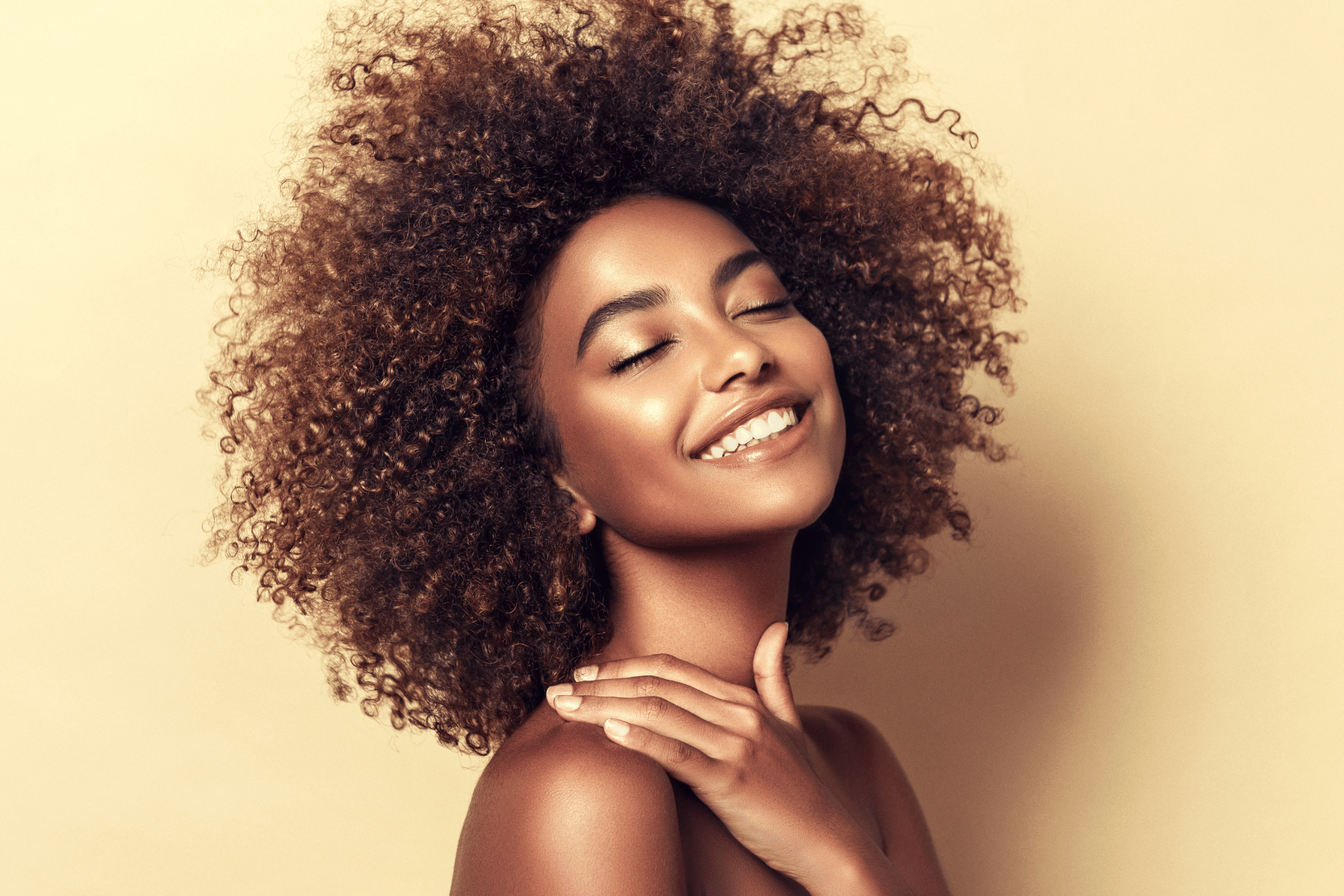Korean Beauty Standards
Understanding the Evolution of Korean Beauty Standards
Korean beauty standards are among the most influential in the world today. From K-pop idols to K-dramas to global skincare trends, the Korean approach to aesthetics has shaped international beauty culture. But these standards are not static — they continually evolve with new fashion, technology, media, and social attitudes.
This guide breaks down the key features, cultural influences, modern interpretations, and shifting trends behind Korean beauty standards today.
What Defines Korean Beauty Standards?
Soft, Harmonious Facial Balance
K-beauty focuses on overall harmony, not isolated features. The face should look balanced, gentle, and well-proportioned, with no one feature overpowering another.
Youthful, Bright Appearance
Koreans value features that create a fresh, vibrant look, including:
- Clear skin
- Bright under-eye area
- Smooth forehead
- Defined, yet soft facial contours
- Eyes that look awake and lively
Natural-Looking Refinement
Whether skincare or surgery, Korean aesthetics prioritize enhancement, not dramatic transformation. The goal is subtle improvement that still looks like the best version of yourself.
Key Facial Aesthetic Traits in Korean Beauty
Smooth, Clarified Skin
Glowing, healthy skin is the foundation of Korean beauty. This includes:
- Even skin tone
- Minimal pigmentation
- Refined pores
- Hydrated, glass-skin finish
Skincare is more culturally emphasized than makeup.
Bright, Defined Eyes
Large or wide eyes are not the main goal — instead, the focus is on:
- Soft double eyelid crease (or natural monolid enhancement)
- Minimal hooding
- Clear under-eye contour
- Gentle inner or outer corner shaping when desired
Awake, expressive eyes are seen as youthful and friendly.
V-Line or Soft Oval Jawline
A gently tapered lower face is highly valued in Korean beauty because it:
- Gives a youthful proportion
- Softens heaviness
- Creates elegant definition
Both non-surgical (jaw Botox, HIFU, fillers) and surgical methods are widely used to achieve this.
Small, Refined Nose Shape
Korean beauty prefers a soft, smooth nose shape rather than a sharp, Westernized one.
Common desired traits include:
- Natural slope
- Subtle tip definition
- Balanced height
- Smooth dorsal line
The nose should complement the face, not dominate it.
Flawlessly Balanced Facial Ratio
The “Golden Ratio” ideal appears in:
- Even eye size
- Balanced forehead-to-chin length
- Symmetric cheek contours
- Smooth facial transitions
K-beauty puts strong emphasis on proportionality rather than individual features.
Cultural Influences on Korean Beauty Standards
K-Pop and Media Influence
K-pop idols and Korean actors have a huge impact on beauty trends. Their looks, makeup, and fashion styles often become national trends within weeks.
Collective Aesthetic Culture
Korea values a polished, presentable appearance. Beauty is considered a form of respect, self-care, and confidence.
High Emphasis on Skincare Innovation
Korea’s beauty industry is technology-driven, influencing not only skincare but also cosmetic procedures.
Modern Shifts in Korean Beauty Standards (2023–2025)
More Acceptance of Natural Features
Modern K-beauty celebrates:
- Natural monolid eyes
- Slight imperfections
- Individual personality in styling
The trend is shifting away from “perfect” toward “authentically polished.”
Strong Growth in Male Beauty
More men are embracing skincare, grooming, and aesthetic treatments.
Male beauty standards emphasize:
- Clean skin
- Sharp jawline
- Low, subtle eyelid crease
- Defined nose bridge
Healthier, Mature Image Replacing Ulzzang Style
Instead of the baby-faced look, people now prefer:
- Healthier, athletic bodies
- Mature yet natural makeup
- Realistic beauty that fits adult lifestyles
Why Korean Beauty Standards Influence the World
Global Appeal of K-Beauty Products
Affordable, effective skincare has made Korean beauty famous worldwide.
Celebrities With Global Reach
K-pop groups, Korean actors, and influencers have become global icons, shaping beauty preferences everywhere.
Advanced Aesthetic Procedures
Korea’s cosmetic surgery and dermatology fields set global benchmarks for natural results, making their beauty ideals highly aspirational.


